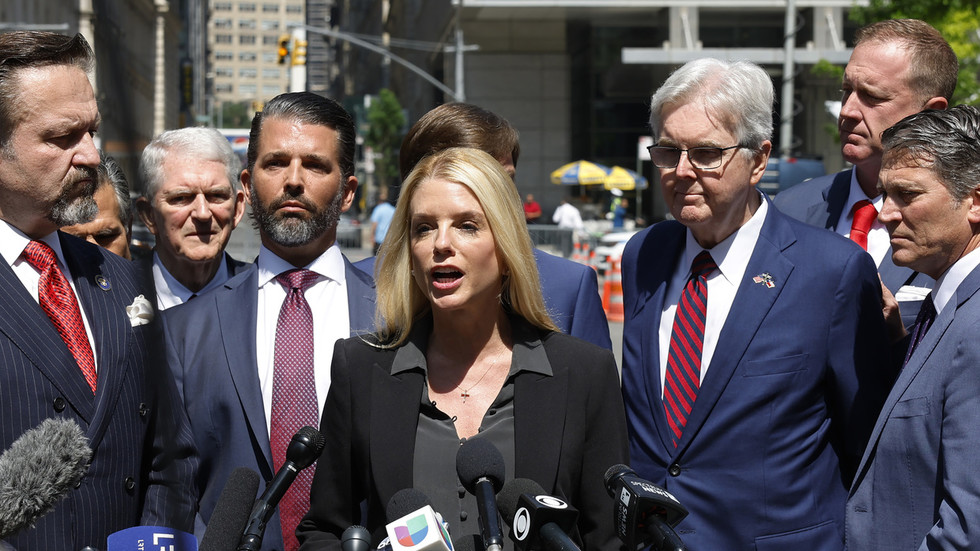As of today, there are three House races left to be called, two in California and one in Iowa. In both California races, Republicans were ahead on Election Day and the days immediately after. They’ve since seen their leads evaporate as ballots continue to be counted and “cured” long after the polls closed, but the seemingly never-ending election is thanks to the state’s near month-long questionable voting process that leaves plenty of room for fraud.
Incumbent Republican Rep. John Duarte was up by approximately 3,000 votes on Election Day. Duarte has since seen his lead crumble as “more ballots were counted in Merced County” and Stanislaus County, leading to Democrat Adam Gray leading by 182 votes as of Tuesday night, according to KCRA.
Incumbent Republican Rep. Michelle Steele also now trails her Democrat opponent Derek Tran after a host of ballots were counted well after Election Day. On Nov. 6, Steele was leading Tran by more than 11,000 votes. But by Nov. 16, Steele was trailing Tran by 36 votes. That number has since grown.
Convenient? You bet.
But don’t expect the mainstream media to question the process. USA Today rushed to claim that there’s no evidence of fraud, reassuring readers that California’s extended ballot-counting process is perfectly kosher.
“There is no evidence California’s vote count is fraudulent,” USA Today’s “fact check” claims. “Experts say the state’s election laws result in any mail-in ballots, which take much longer to count.”
But California’s month-long election process is a fraudster’s dream.
The first problem is that the state prohibits localities from requiring voter identification for voters who show up to the polls in person on Election Day. When Huntington Beach residents voted to require voter ID, the state sued. Without voter ID, anyone can claim to be a voter and vote in that person’s name.
Another issue is that the state also automatically mails out ballots to every active voter — whether they request one or not. Voters have a full seven days after Election Day to send the ballots back.
But yet another issue with these ballots is that they can be postmarked by Election Day, or, per state law, if the mail-in ballot envelope is missing a postmark or there is “no date stamp for receipt from a bona fide private mail delivery service,” the ballot will still be treated as valid so long as the voter dated the envelope “or the envelope otherwise indicates that the ballot was executed on or before Election Day” and conforms to other election code requirements.
Translation: A voter can lie about when they mailed their ballot back and there’s a good chance it will still count. That’s a glaring loophole begging to be exploited.
The fourth issue is the signature matching game. California election officials do not require exact matches between the signatures on the ballot and voter records. In fact, election officials should presume the signatures are from the same voter, with excuses for any discrepancies including “trembling or shaking” hand, a voter’s “signature style” having changed over time, or a voter writing “in haste.”
But what happens when there is a serious non-match or a signature is missing altogether?
Don’t worry, voters can just “cure” their ballots — which brings us to the fifth (and perhaps most glaring) issue. In other words, voters get weeks after Election Day to “cure” any issues with their ballot that would otherwise disqualify the ballot.
Voters whose ballots are flagged by election officials as having an issue are alerted either via mail, phone, or email and given the chance to fix the issues on their ballots. Voters have until December 1 to do so. Ballots that aren’t “cured” are then rejected.
And as The San Francisco Chronicle reported, the ballot curing period has been extended this election cycle “thanks to a law passed in September” that extended the deadline to certify the election results — but only for “this fall’s election.”
“The law … is aimed at allowing a longer period of time for volunteers to reach voters who need to verify their signatures or otherwise cure their ballots,” The San Francisco Chronicle reports.
In other words, Democrat-led California, perhaps anticipating tight races, decided to preemptively change the law temporarily so that parties could get ballots “cured” and up their vote count.
In fact, Nancy Pelosi’s daughter Christine has been actively getting voters to cure their ballots, going so far as to “stake out” a voter in Modesto whose ballot needed curing, according to the San Francisco Chronicle report.
And while California will try to claim the process takes longer because it’s a larger state with millions of voters — states like Florida managed to count their votes and deliver the results on Election Day. So what’s the deal with California’s process that has conveniently flipped two key House seats in Democrats favor weeks after the election?
Brianna Lyman is an elections correspondent at The Federalist. Brianna graduated from Fordham University with a degree in International Political Economy. Her work has been featured on Newsmax, Fox News, Fox Business and RealClearPolitics.
2 posted on 11/27/2024 7:29:08 PM PST by GailA (kamalaczar and herr waltz want to turn America into a commie country. Vote Trump.)
3 posted on 11/27/2024 7:30:20 PM PST by pollywog (" O thou who changest not....ABIDE with me")
4 posted on 11/27/2024 7:33:43 PM PST by Steely Tom ([Voter Fraud] == [Civil War])
5 posted on 11/27/2024 7:33:51 PM PST by frank ballenger (There's a battle outside and it's raging. It'll soon shake your windows and rattle your walls. )
Disclaimer: Opinions posted on Free Republic are those of the individual posters and do not necessarily represent the opinion of Free Republic or its management. All materials posted herein are protected by copyright law and the exemption for fair use of copyrighted works.

 By Free Republic | Created at 2024-11-28 03:33:55 | Updated at 2024-11-28 05:40:34
2 hours ago
By Free Republic | Created at 2024-11-28 03:33:55 | Updated at 2024-11-28 05:40:34
2 hours ago








